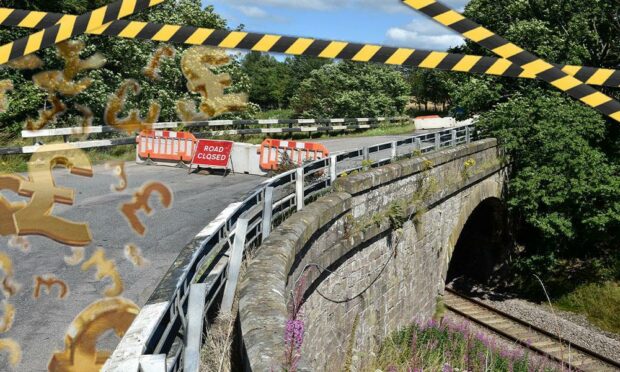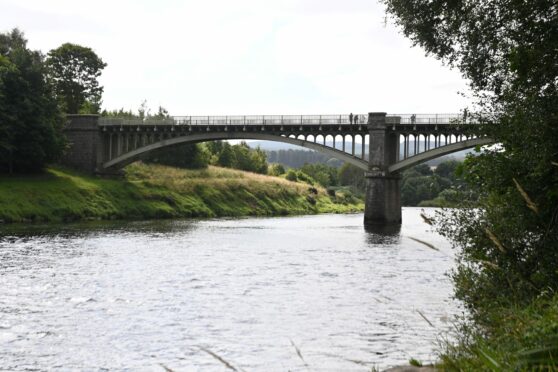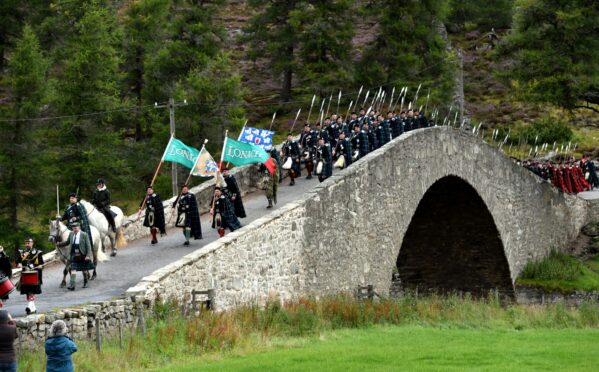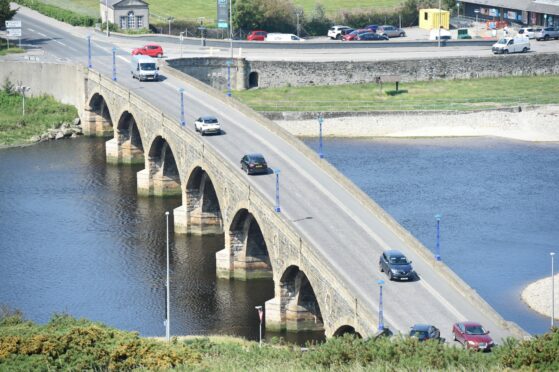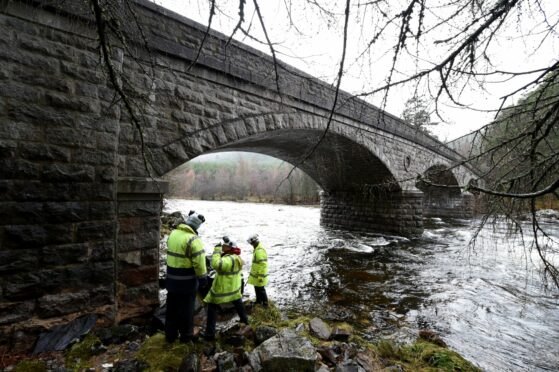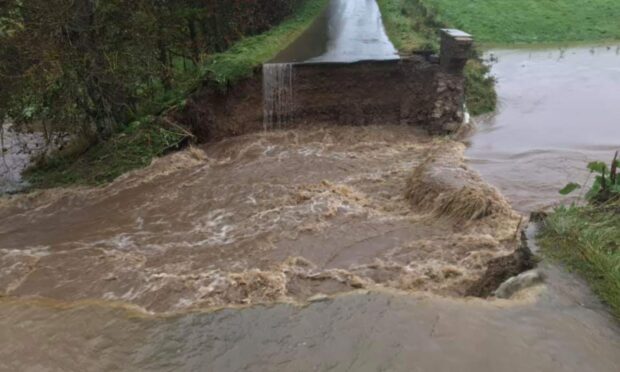Aberdeenshire Council has confirmed £46 million plans to repair, upgrade or replace 40 crucial bridges across the region up to 2030.
However, many important bridges in need of work have not made the “cut-off” for these plans due to budgetary constraints.
How did Aberdeenshire council decide which bridges need urgent work carried out?
In May, the local authority agreed new prioritisation rules, described by council chiefs as a “robust, objective policy”, to decide which bridges in the region are most in need of work.
Aberdeenshire has a total of 1,308 bridges on 3,500 miles of public road.
Many of the structures are crumbling and unsuited to modern traffic.
More than 900 of them are more than 100 years old, and around 520 are more than 200 years old.
Keeping up with the maintenance of every single bridge is a monumental task for the local authority’s infrastructure services.
To ensure public cash is being spent where it is most needed and can do the most good, the council has now agreed a list of 40 bridges in urgent need of improvements according to its new prioritisation rules.
The rules take into account factors like the length of diversion created by the bridge being shut, importance to local communities and economies, and structural integrity.
Every bridge in Aberdeenshire was considered for repairs under the new policy and given a “prioritisation score”.
In total, 67 bridges from all across the vast region were considered for work because they had a score of 40 or more.
But after counting up a running total for the cost of works required for each of the bridges, only 40 of the 67 made the “cut-off” for works to be done by 2030 within the council’s £46,075,000 budget for bridge works for the current and upcoming eight financial years.
The 27 which did not make it within the “cut-off” did not have a high enough score.
Every bridge was assigned a coloured “Bridge alert status”, which estimates how long it would be until each crossing would be restricted to certain traffic or closed if no work is carried out — or if they are already shut.
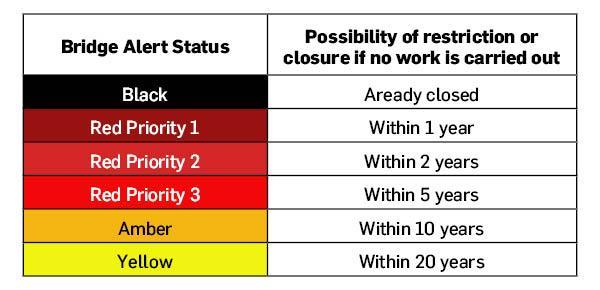
Many of the 40 bridges which did make the “cut-off” are rated black or red.
Click on the maps below to find out what work is required and other key details
The 27 bridges which did not make the “cut-off”, which include Fettercairn Bridge and Aboyne Bridge, were all still given a yellow or amber “bridge alert status”.
Aberdeenshire Council’s deputy leader tells us about the harsh reality of massive bridge repairs list
Peter Argyle, the deputy leader of Aberdeenshire Council and chairman of the infrastructure services committee, said the policy was designed to be “robust, defensible and objective”.
But he acknowledged that for communities who depend on at-risk bridges which did not make the “cut-off”, it might seem “tough to accept” that their local structure may not receive the works it requires until after 2030.
He also explained that if the amount of cash the council has for the bridge budget fluctuates, then the number of bridges which made the “cut-off” could go up or down.
Mr Arygle said: “We have a huge number of bridges that are in need of repair, some in need of replacement, and some are closed — and the list is growing, particularly in the face of challenges like climate change, floods, and all the rest of it.
“So we have a huge problem. We don’t have enough money or resources to repair every bridge in the next 10 years, it’s simply not possible.
“And so the only thing we can do is come up with a scheme which can enable us to have a prioritisation list that’s based on robust, defensible and objective criteria.”
He continued: “What it means is that the bridges which are objectively, and defensibly, in greatest need are the ones which are at the top of the list, and that is really the only way we can do it.
“I know there are some places where people feel very concerned that their bridge isn’t on the list, but if a bridge gets moved up beyond the cut-off line on the list, it will mean bridges which are objectively of greater need will move below the line, and that’s just not how things should be done.”
But what about emergencies like floods destroying an important bridge?
Although the priority list for which bridges the council’s £46 million budget will be spent on will be updated annually, Mr Argyle said there is “a degree of flexibility if situations change”.
“Take a bridge that’s not above the cut off-line right now,” he said.
“If it gets washed away in a flood then clearly that changes the whole situation, and criteria can then be applied.
“The length of diversion can be taken into account, the social and economic impacts can be taken into account, and it can move up rapidly.
“There is some funding from the available funding that’s been top-sliced into a separate fund to deal with scour, emergencies, and smaller work that needs to be done urgently as a result of weather or whatever.
“And that’s spread across all of our bridges, it’s not just for those that are in the top league, if you like.”
‘Well, what about our bridge?’
Mr Arygle added: “We have a fixed amount of money, and a demand for bridgework that is far in excess of that available money, hence the need to come up with a robust, defensible and objective prioritisation so that when people say, ‘well, what about our bridge?’
“Then the answer is ‘well sorry, we would love to do your bridge but there are bridges across Aberdeenshire which are of far greater priority.’
“It’s a tough message, it’s tough to accept that.”
You can read the council’s raw data for its bridges investment plan here.
